Gayle explores the Birks of Aberfeldy – popularised in a song by Robert Burns – and has an encounter with ‘Rabbie’…
Ah, the bonnie Birks of Aberfeldy.
It’s easy to see why this glorious spot offered poetic inspiration for Robert Burns, as he wandered beneath the “birks” (birch trees) and along the cascading Moness burn.
Rabbie visited the steep gorge in the heart of Perthshire in 1787, sat down for a rest beside one of the many waterfalls, and was impelled to write his iconic poem, The Birks Of Aberfeldy.
I headed there for a walk last Saturday, which, in hindsight, may not have been the best time to visit – it was absolutely hoaching.
Starting from the town centre, I followed a path from the main square. This took me through the “Lower Birks”, which is largely a beech wood.
The forest floor was carpeted with vast swathes of wild garlic, the air perfumed by its distinctive, heady aroma.
I also noticed a proliferation of yellow flowers, with daffodils and wild primrose galore in bloom.
The first of many stones carved with verses are found along the burn here, and I paused to read them to myself: “The hoary cliffs are crown’d wi’ flowers, White o’er the linns the burnie pours, And rising, weets wi’ misty showers, The birks of Aberfeldy.” Burns nailed it.
Cracking views
Instead of crossing a bridge over the foaming Moness burn, I carried on uphill, to the right hand side of the water.
I was treated to cracking views of the ravine below, and paused to drink them in – a great excuse to catch my breath.
The woodland here mostly consists of the birches, or “birks”, that gave the glen its name, and so inspired Rabbie.
Some are covered in giant “hoof fungus”, which grows as a bracket on tree trunks and is shaped like a horse’s hoof.
As I pushed on uphill, I overtook a few slower walkers, and many passed me coming in the opposite direction.
Nice to smile
To my dismay, about half of these people didn’t even bother to acknowledge my presence – and that was despite me smiling and saying “hi”.
Now I could understand if this was Piccadilly or the streets of Glasgow, Dundee, or Aberdeen, but this is a woodland in Aberfeldy!
Maybe the country bumpkin in me doesn’t quite “get it”, but it’s a lovely feeling when you get a friendly response to your greeting from a stranger!
And yes, I have done the city living thing – and no, I wouldn’t grin and beam at random folk in Piccadilly. I’d end up in a straitjacket.
Moving on, I soon reached the highest point of my walk, crossing a footbridge over the Upper Moness Falls.
Dramatic scene
Peering down into the abyss made me feel rather giddy, and I was at serious risk of losing my phone in the swirling waters as I took endless shots of the dramatic scene.
Heading down the other side of the glen, where most of the path had a steadying handrail, I soon came to a feeder burn with gorgeous waterfalls tumbling over rocks.
Slightly beyond is a natural shelf carved into rocks known as Burns’ Seat.
It was here that the poet was said to have reposed and found inspiration while listening to the roar of the Falls of Moness when he visited in 1787. There’s even a plaque to mark the spot.
After I’d navigated a series of slippery stone steps, I reached a viewpoint of the Middle Falls, where the burns flows through the narrow ravine. It’s truly breathtaking.
The march back through woodland, close to the burn as it flattens out, is gorgeous – there are plenty of great picnic spots.
The legend of Rabbie
However, what stopped me in my tracks was spotting the true legend of Rabbie Burns himself, sitting, notepad in hand, on a bench!
OK, so I’m using poetic licence a bit here – it was actually a statue of the poet.
I couldn’t resist sitting next to the good fellow, and tried to spark up a chat. Alas, he ignored me, as you can probably tell by the photo. (Yup, looks like the straitjacket is surely beckoning…).
Anyway, it was lovely to sit there awhile with my mute bronze companion, simply listening to the twitter of birds and the crashing of water.
And I even got a smile and a laugh from a nice couple who kindly took my picture with Rabbie, so that made my day.
Back down in the Lower Birks, an information board told me that the water power in the lower reaches was once harnessed to generate electricity for the Aberfeldy water mill, which originally ground meal.
The water runs under the town, through a lade, to a wheel at the mill.
Watermill
In 2004 the watermill was converted into a combination bookshop, art gallery, cultural venue and coffee shop – Aberfeldy Watermill – and it’s well worth a visit.
Before I ventured there, I checked out the “Birks Tree Collection”, also found in the Lower Birks. This was planted in the 1960s by Bobby Masterton, a local horticulturist with a passion for more exotic species.
He had a particular interest in Himalayan species which are well suited to this sheltered environment.
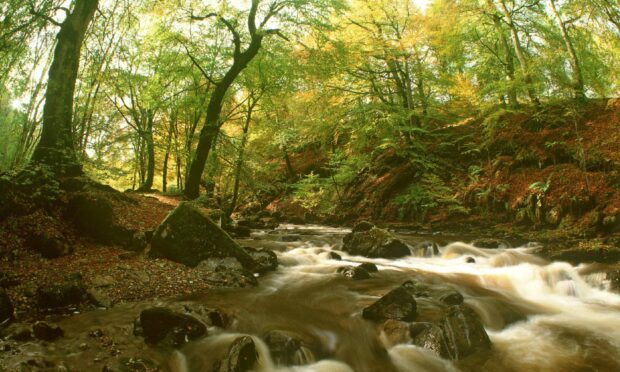
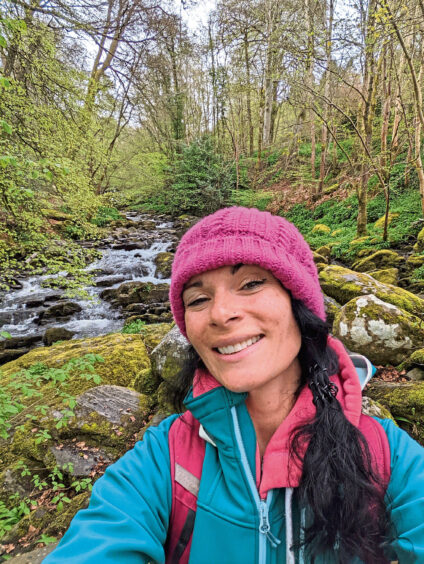

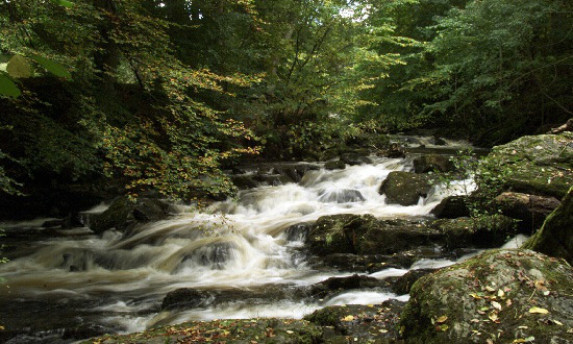
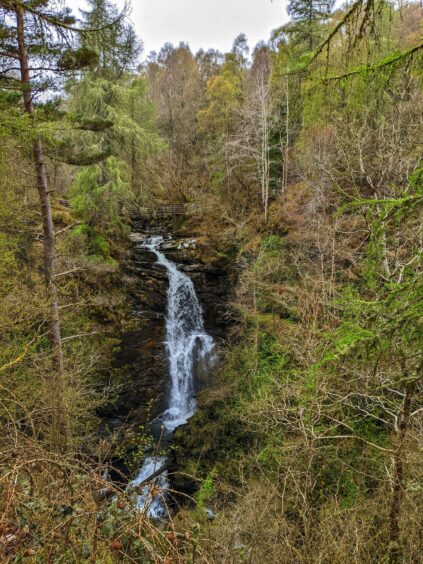

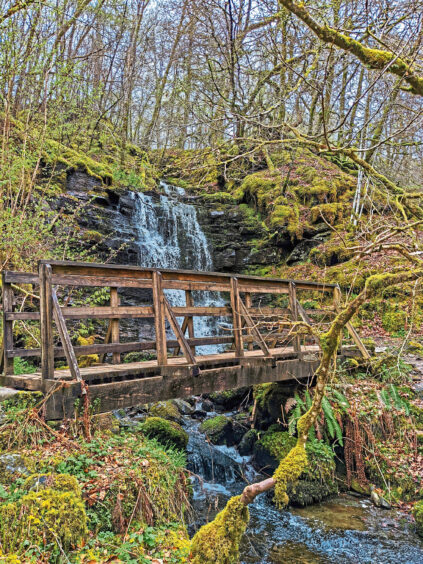

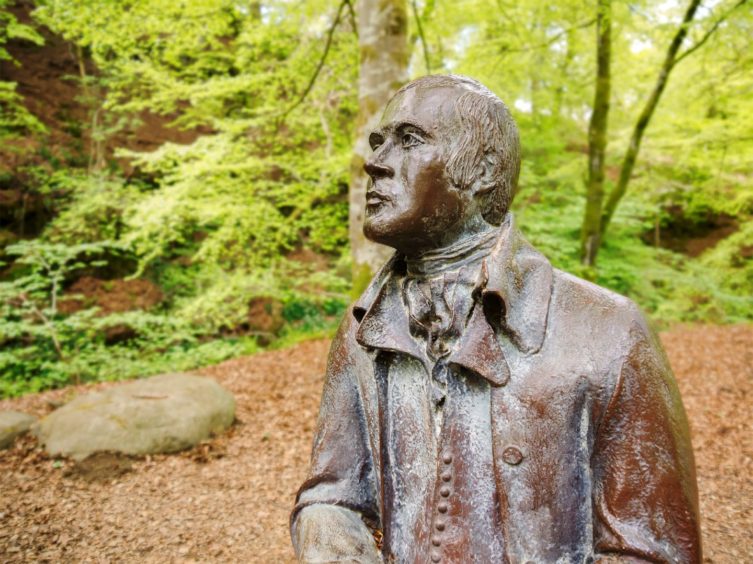










Conversation